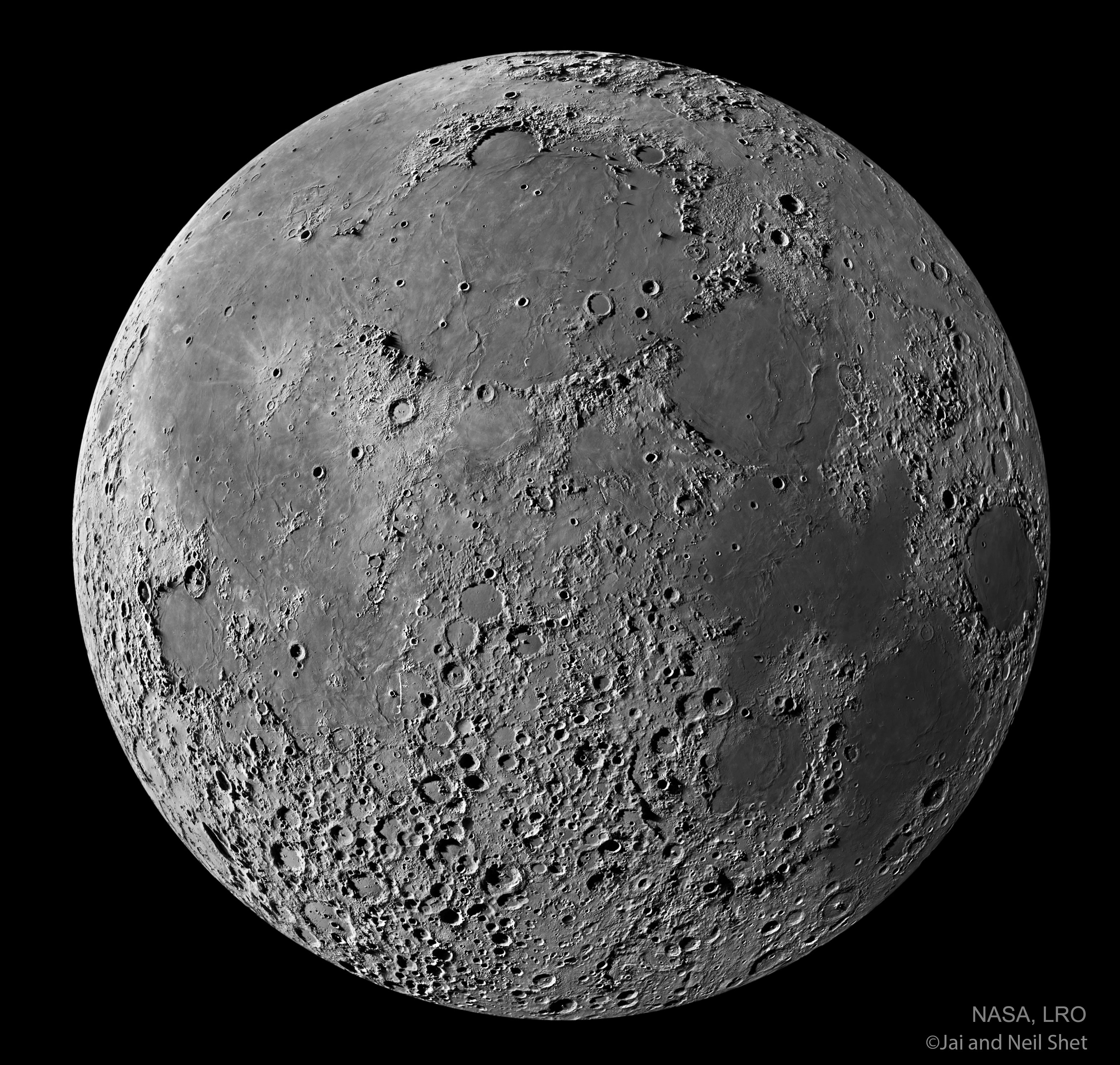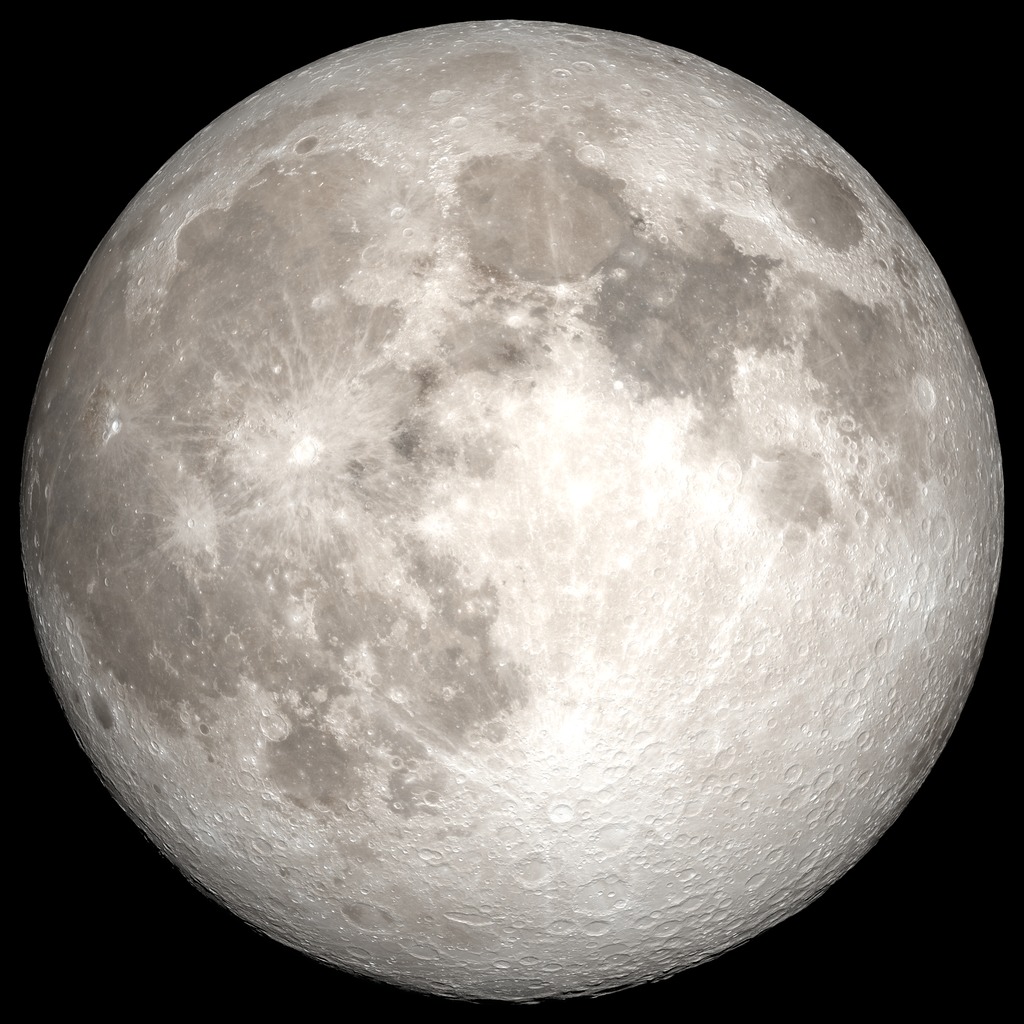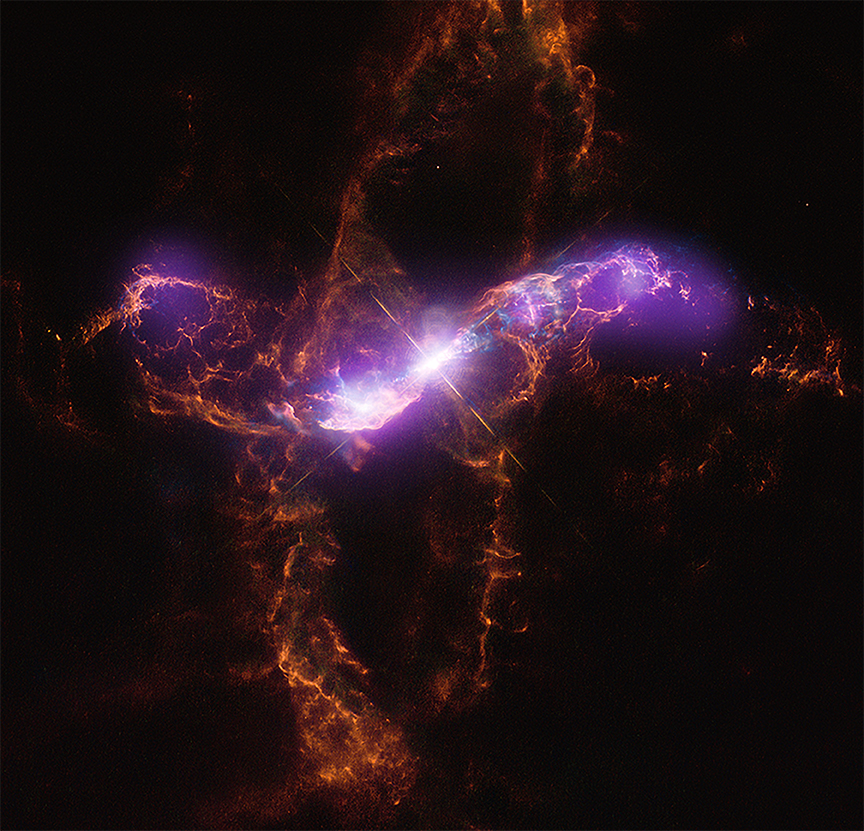I’m finding some of the recent apod images to be interesting.
https://apod.nasa.gov/apod/ap220217.html
A pretty nebula in Chameleon
https://apod.nasa.gov/apod/ap220215.html
Compare these two images of the Moon. The one below is a typical full moon. The one above is a mosaic built from 29 strips near the terminator. Zoom into the one above at https://apod.nasa.gov/apod/image/2202/TerminatorMoon_Shet_3117.jpg Near the terminator, the sideways light highlights the roughness of the terrain. Both images from the LRO spacecraft.


https://apod.nasa.gov/apod/ap220213.html
Earth at night from the Suomi spacecraft.
See https://apod.nasa.gov/apod/image/2202/EarthAtNight2016_SuomiNPP_13500.jpg for the full glorious world image.
In NW of Western Australia, are those mines, cattle stations or bushfires?
https://apod.nasa.gov/apod/ap220211.html
What’s different about this standard spiral galaxy image? The number of foreground stars. This nearby galaxy is hidden behind the plane of the Milky Way. In Camelopardalis. This galaxy is not visible at all in visible light, only in infrared.
https://apod.nasa.gov/apod/ap220210.html
This is that famous young star T Tauri. Both the star and the nebula have variable brightness.
https://apod.nasa.gov/apod/ap220209.html
Eta Carina rotating, as seen in different wavelengths.
https://apod.nasa.gov/apod/ap220207.html
Is this a galaxy or a local nebula? It’s a galaxy called the Umbrella Galaxy. The umbrella comes from a minor galaxy that was torn apart during the interaction.

https://apod.nasa.gov/apod/ap220205.html
Is this a star? Yes. It’s the star R Aquarii. This variable star is an interacting binary.

